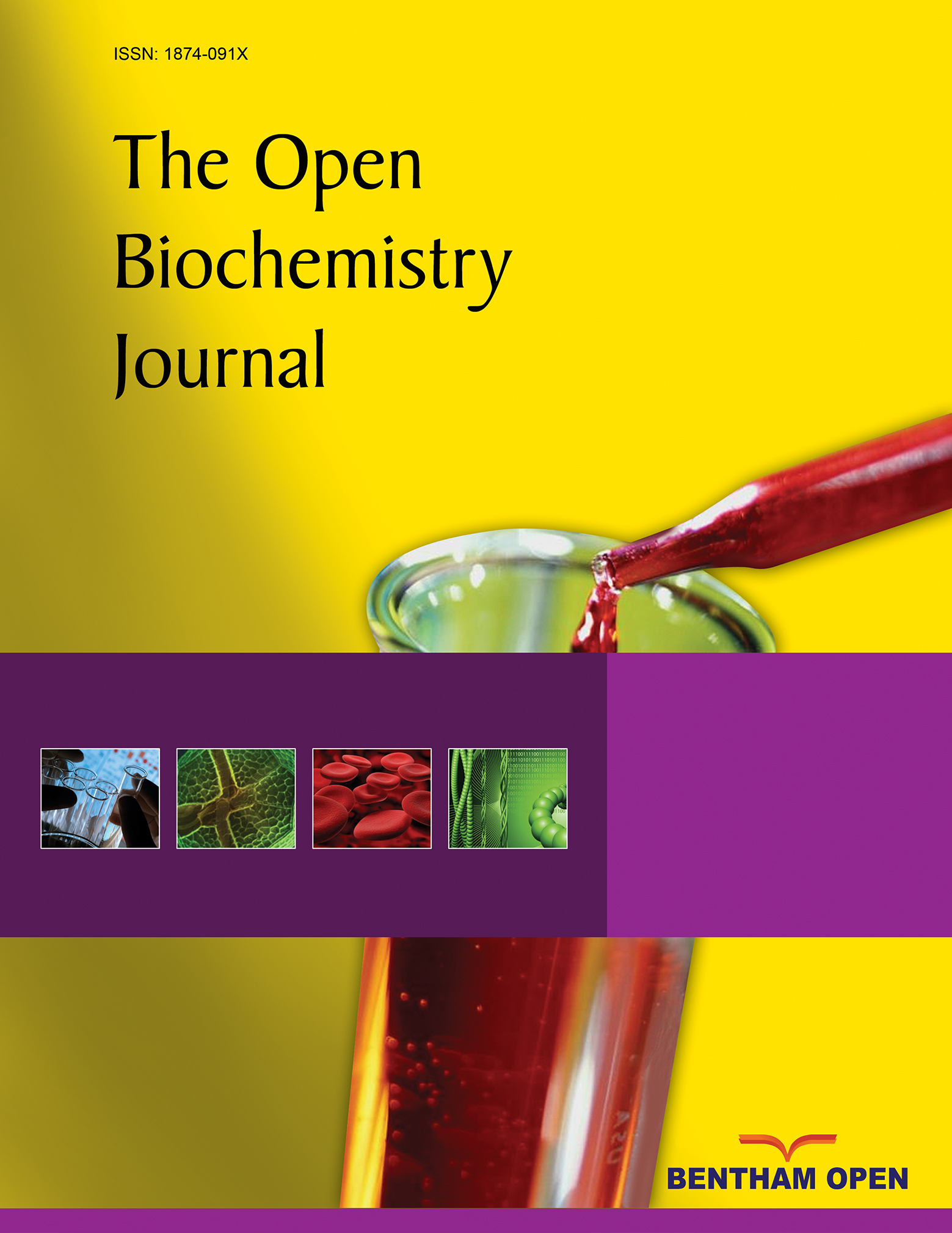Leukocyte Count versus C-Reactive Protein Levels in Obese Portuguese Patients Aged 6-12 Years Old
Abstract
Objectives:
to evaluate whether total and differential WBC counts are altered in young obese patients (aged 6-12 years) and if a relationship exists between WBC counts and the severity of obesity as well as with CRP level.
Materials and Methods:
a group of 77 obese patients [32 males and 45 females] and 19 controls [7 males and 12 females] were studied. Total WBC count was performed by using an automatic blood cell counter. Blood cell morphology and WBC differential count were evaluated in Wright stained blood films. The plasma levels of CRP were evaluated by immunoturbidimetry.
Results:
obese participants presented with a statistically significant higher neutrophil percentage and CRP levels when compared to controls; the median CRP value was about 5 times higher than that observed in controls. Absolute neutrophil count and neutrophil/lymphocyte ratio were also higher in patients, though without statistical significance. The parameters that were statistically significant related with adiposity markers were neutrophil count and CRP levels. The neutrophil count was positively and statistically correlated with body mass index (BMI), BMI z-score, waist circumference and waist/height ratio, and also with CRP levels. In multiple regression analysis, the only variable that remained statistically associated with neutrophil count was CRP (neutrophil count = 2.612 + 0.439lnCRP; standardised coefficient/beta: 0.384, P=0.001). When performing multiple regression without CRP, the only variable that remained statistically associated with neutrophil count was BMI.
Conclusions:
our results demonstrated in obese patients aged 6-12 years, a significant change in the differential leukocyte count towards neutrophilia, together with a significant higher CRP concentration, and that absolute neutrophil count correlates with obesity markers and with CRP levels. Our data also indicate that neutrophil count, a current clinically used low-cost parameter, may be used as an obesity-related inflammatory marker in young obese patients.


